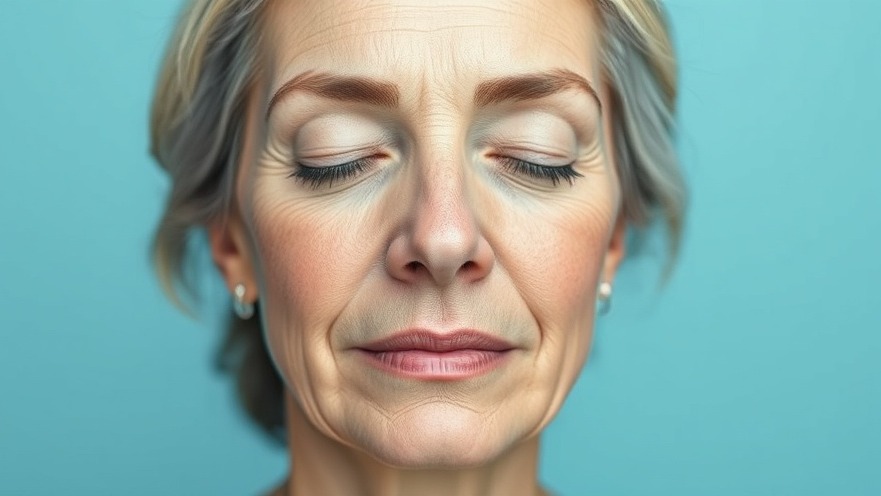
The Rising Popularity of Chemical Peels in Skincare
“Chemical peels offer noticeable improvements with relatively little downtime,” says Dr. Rachel Nazarian, a New York–based dermatologist.
That simple fact explains why peels are rapidly becoming one of the most sought-after skincare services. Once considered advanced procedures reserved for dermatology clinics, they’ve become a favorite offering in both spas and medical spas across the country.
According to the American Society of Plastic Surgeons, more than 1 million chemical peels are performed annually in the U.S., making them one of the top non-invasive treatments.
For clients, it’s about results without surgery; for professionals, it’s about providing a proven service that bridges wellness and aesthetics.
Understanding Your Options: Types of Chemical Peels
Chemical peels aren’t one-size-fits-all. They’re categorized by depth: superficial, medium, and deep.
“Today’s chemical peels are far safer and more customizable than in the past,” explains esthetician educator JoElle Lee.
“You can tailor treatments for sensitive skin, acne-prone clients, or mature skin without the one-size-fits-all approach that used to dominate.”
Light peels often use alpha-hydroxy acids (AHAs) like glycolic or lactic acid. They’re ideal for brightening dull skin or prepping for a big event.
Medium peels, typically with trichloroacetic acid (TCA), address acne scarring and deeper pigmentation issues.
Deep peels use stronger acids such as phenol and require medical supervision due to their potency and downtime.
Today, newer formulas are also replacing hydroquinone with gentler options like kojic acid, arbutin, and azelaic acid—effective brighteners with fewer risks.
Benefits of Chemical Peels for Clients
Chemical peels can be transformative, targeting everything from fine lines to stubborn pigmentation. Clients notice smoother texture, fewer breakouts, and a more even tone. But the results go deeper than the skin.
Clients often notice more than just changes in the mirror. “They walk taller, smile more, and feel empowered,” says Sacramento spa director Angela Morales.
That emotional boost matters. A study in the Journal of Cosmetic Dermatology found that clients reported higher self-esteem after completing a peel series. For professionals, highlighting both the physical and emotional payoffs can make consultations more meaningful.
Peels and Skin of Color: A Consideration for Professionals
Dr. Heather Woolery-Lloyd, who specializes in ethnic skin, puts it plainly: “Superficial peels with glycolic or salicylic acid are excellent for skin of color, as long as you start conservatively.”
For clients with melanin-rich skin, peels can be powerful tools—but only in skilled hands. Hyperpigmentation and scarring are greater risks when treatments are too aggressive.
That’s why professionals must be trained to choose the right depth, acid, and protocol.
When done properly, chemical peels can dramatically improve uneven tone, acne scarring, and texture for clients of color.
This inclusivity not only broadens the reach of skincare but also builds trust with communities that have historically been underserved.
Safety Protocols and Professional Education
Peels change the skin on a cellular level, which makes safety paramount. Consultations, patch testing, and clear aftercare instructions are non-negotiable.
Peels require both artistry and science. Dr. Ava Shamban stresses that “the more education a provider has, the more refined and safer the results will be.”
Continuing education—through workshops, certifications, and professional networks—helps estheticians stay on top of new ingredients and safety protocols. Clients want assurance that their provider isn’t just licensed, but also current with the latest knowledge.
Client Transformation Stories: The Power of Chemical Peels
Stories bring the science to life. One Sacramento client who had battled acne scars since high school underwent a series of glycolic peels. After six sessions, her skin looked smoother and brighter. For the first time in years, she felt comfortable going out barefaced.
Another client, a man in his forties, wanted to reduce sun damage from years of outdoor work. A medium TCA peel lightened dark spots and refreshed his overall complexion. Friends kept asking if he had just returned from vacation.
These personal transformations remind professionals that chemical peels aren’t just cosmetic—they can restore confidence and spark joy.
Future Trends and Innovations in Chemical Peels
The industry is evolving fast. Some of the most exciting trends include:
Combination peels that pair acids with antioxidants or peptides for targeted results.
Minimal-downtime peels designed for busy clients who can’t take a week off.
At-home peel kits created to maintain results between spa visits.
AI-guided skin analysis that helps customize peel depth and frequency.
Dr. Shereene Idriss, a cosmetic dermatologist, predicts: “We’ll see a rise in customized peels that marry traditional acids with next-generation actives. The future is about precision treatments—what works for your unique skin biology.”
Your Next Steps as a Professional
For spa professionals, chemical peels represent both a responsibility and an opportunity. Success comes from:
Staying current on training and certifications
Keeping up with product innovations
Building trust through real client stories
Creating inclusive treatment menus that serve diverse skin types
By blending expertise, empathy, and innovation, professionals can deliver results that go far beyond surface-level beauty.
Final Thought
Chemical peels aren’t just about peeling skin—they’re about peeling away self-doubt, uncovering confidence, and helping clients feel radiant inside and out. The professionals who embrace education and innovation today will be shaping the future of skincare tomorrow.
Explore more articles on global spa destinations, advanced treatments, and industry insights in the Spa News, Treatments & Destinations category, or visit Spa Front News to stay informed on the evolving world of wellness and spa leadership.
—
Authored by the Spa Front News Editorial Team — a publication of DSA Digital Media, dedicated to elevating the spa industry with expert insights, treatment breakthroughs, and destination features for spa owners, managers, and wellness leaders.
 Add Row
Add Row  Add
Add 




Write A Comment